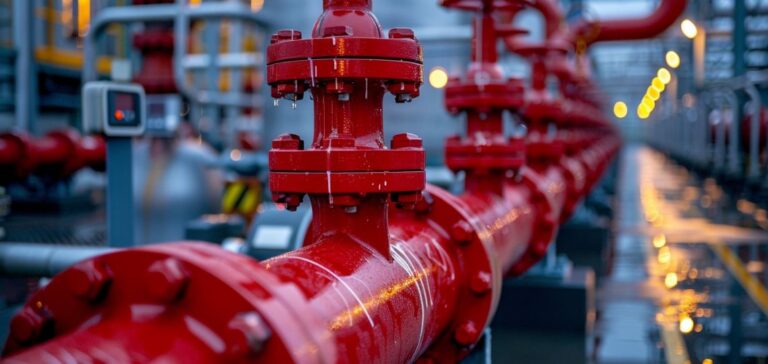France has emerged as a key player in the import of Russian liquefied natural gas (LNG) into Europe. In 2024, the country increased its purchases of Russian LNG by 81% compared to the previous year, totaling €2.68 billion, according to data from the Institute for Energy Economics and Financial Analysis (IEEFA).
A Key Gas Infrastructure
France’s prominence in the LNG market is largely attributed to its five regasification terminals, which enable the reception and redistribution of imported liquefied gas. Among these, the Dunkirk terminal alone handled 27% of European Russian LNG imports in 2024. This infrastructure gives France a strategic position, particularly compared to Germany, which had no LNG terminals before 2022 and whose import capacity remains twice as low.
Redistribution Across Europe
Although France imports significant volumes of Russian LNG, the final destination of the gas remains unclear. A portion is consumed domestically, but a significant share is re-exported to other European countries, including Germany. This redistribution is facilitated by the European gas pipeline network, which allows regasified gas to be delivered to various markets.
Diversified Supply Sources
France’s LNG supply sources are varied. According to IEEFA, one-third of imported gas comes from Russia, another third from the United States, and 17% from Algeria. This diversity provides some flexibility, though dependence on Russian gas remains a major challenge for the European Commission, which aims to reduce reliance on it by 2027.
A Market in Transition
The European Union has significantly increased its LNG imports to compensate for the decline in pipeline gas supplies, many of which have been shut down since the start of the conflict in Ukraine. However, gas demand in France has recently stagnated following a 20% drop during the 2022 inflation crisis. Some energy efficiency measures, such as building insulation, have been relaxed, slowing down consumption reduction efforts.
Investments in Infrastructure
Despite the EU’s goal of moving away from Russian gas, industry players anticipate an increase in LNG reception capacity. Several LNG terminal projects are currently underway, particularly in Germany, which seeks to strengthen its energy independence. These developments highlight the ongoing transformation of the LNG market, shaped by geopolitical factors and the need to adapt to new energy realities.






















